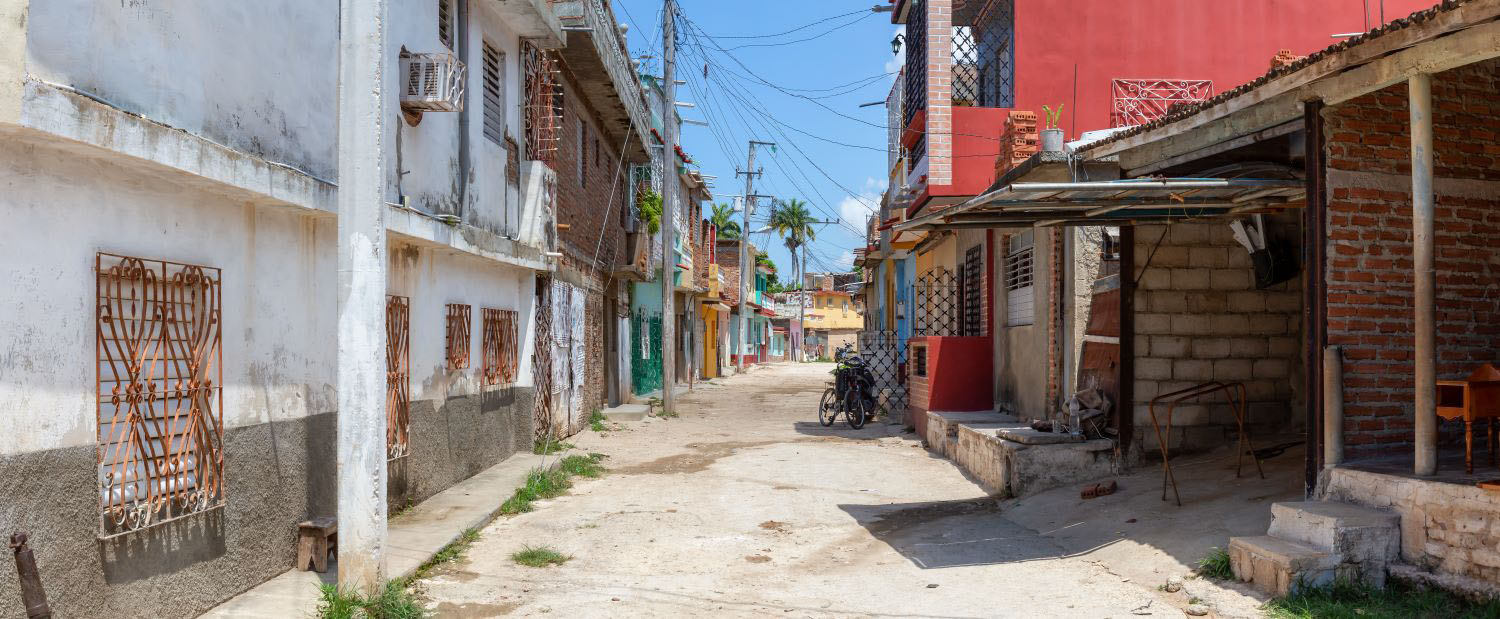July 10, 2012
This is a joint post with Danny Cutherell.We returned last week from a brief trip to Afghanistan, where we met with people on all sides of Kabul’s enormous aid industry – representatives of several donor agencies, contractors, NGOs and current and former Afghan government officials – about the underlying strategy of the U.S. aid effort in Afghanistan, and how it must change during the upcoming transition.As we departed Afghanistan, President Karzai flew to Tokyo asking for at least $4 billion per year for the next four years, and he appears to have gotten it. Is this good news? Is $16 billion too much or too little? And does the mutual accountability framework agreed to by the Afghan government and the international community mark a real turning point in the aid strategy for Afghanistan, or is this just more of the same? Here are a few reasons that the results of the Tokyo conference are mostly good news.A strategic shiftFirst, the United States and the donor community are clearly narrowing the scope of their ambitions. In early 2009, U.S. goals for civilian assistance in Afghanistan could be broadly placed in three overlapping categories:
- Stabilization and counterinsurgency (aka COIN)
- Large, direct investments in growing the Afghan economy
- Support to the Karzai government.

- Violence is lowest in the poorest provinces. (The downward slope of the points in the graph illustrates the tension between security and development goals for aid programs in Afghanistan.)
- Aid is also lowest in poorest provinces. (Small bubbles on bottom right - somewhat perverse from a development perspective.)
- There are huge aid flows to unstable provinces where development impact is questionable. (Big bubbles on top left.)
Disclaimer
CGD blog posts reflect the views of the authors, drawing on prior research and experience in their areas of expertise. CGD is a nonpartisan, independent organization and does not take institutional positions.






